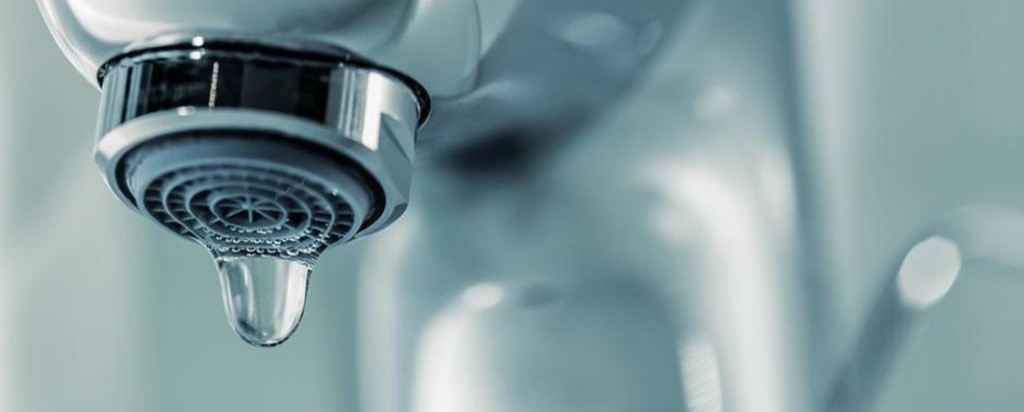Your Home's Primary Frequent Water Leak Causes: Examination
Your Home's Primary Frequent Water Leak Causes: Examination
Blog Article
We've stumbled upon the article pertaining to Most Common Causes of Leaky Pipes down the page on the net and accepted it made perfect sense to share it with you over here.

Leaks not just create waste of water yet can additionally trigger unneeded damage to your residence and also promote unwanted natural growth. Water leaks may go unnoticed given that most of the pipework in our house is concealed. By looking and comprehending for daily situations that cause leakages, you can shield your house from future leakages and unneeded damage. Today, we will look at 6 leakage triggers that may be creating your pipelines to trickle.
Instant temperature level modifications.
Extreme temperature modifications in our pipelines can cause them to increase and contract unexpectedly. This expansion as well as contraction may create splits in the pipes, particularly if the temperature are below freezing.
Rusty water supply
This could be the cause of staining or warping on your water pipes. If our plumbing system is old, think about replacing the pipelines given that they are at a greater risk of deterioration than the more recent models.
Faulty Pipeline Joints
The point at which your pipes connect is frequently the weakest web link in the waterline. Pipe joints can weaken over time, resulting in water leakages. The majority of pipeline joints are not conveniently visible. If you have loud pipes that make ticking or banging noises, especially when the warm water is activated, your pipe joints are possibly under a great deal of stress. It is a good idea to have your plumber evaluate your system annually.
Intruding roots
A lot of water leaks begin outside your house as opposed to inside it. If you see a sudden decrease in water stress, state in your faucet, take time to go out as well as analyze your yard. You might notice damp spots or sinkholes in your yard, which might imply that tree origins are getting into water lines triggering water to permeate out. You can have your plumber look for intrusion, especially if you have trees or shrubs near your residential or commercial property.
Poor Water Connectors
Sometimes, a leak can be caused by loose hose pipes and also pipes that provide your home appliances. Typically, moving is what causes the loosened water Connections. You may find when it comes to a washing device, a tube may spring a leak due to drinking during the spin cycle. In case of a water connections leak, you might notice water running directly from the supply line or puddles around your appliances.
Blocked Drains
Blocked drains could be annoying and inconveniencing, however they can occasionally wind up creating an overflow leading to break pipes. Keep getting rid of any kind of materials that may decrease your drains pipes that might clog them to prevent such troubles.
All the above are reasons for leakages but not all water leakages result from plumbing leakages; some leaks might originate from roof covering leakages. All leaks ought to be repaired quickly to prevent water damages.
Leaks not only create waste of water yet can likewise cause unnecessary damage to your residence and promote undesirable natural growth. By looking and understanding for day-to-day circumstances that cause leaks, you can shield your residence from future leaks and unneeded damage. Today, we will certainly look at 6 leakage creates that might be triggering your pipes to leak.
At times, a leak can be triggered by loosened hose pipes and also pipelines that supply your devices. In instance of a water links leakage, you might observe water running directly from the supply line or pools around your home appliances.
How To Check For Water Leak In Your Home
How To Check for Leaks
The average household's leaks can account for nearly 10,000 gallons of water wasted every year and ten percent of homes have leaks that waste 90 gallons or more per day. Common types of leaks found in the home are worn toilet flappers, dripping faucets, and other leaking valves. These types of leaks are often easy to fix, requiring only a few tools and hardware that can pay for themselves in water savings. Fixing easily corrected household water leaks can save homeowners about 10 percent on their water bills.
To check for leaks in your home, you first need to determine whether you're wasting water and then identify the source of the leak. Here are some tips for finding leaks:
Take a look at your water usage during a colder month, such as January or February. If a family of four exceeds 12,000 gallons per month, there are serious leaks.
Check your water meter before and after a two-hour period when no water is being used. If the meter changes at all, you probably have a leak.
Identify toilet leaks by placing a drop of food coloring in the toilet tank. If any color shows up in the bowl after 10 minutes, you have a leak. (Be sure to flush immediately after the experiment to avoid staining the tank.)
Examine faucet gaskets and pipe fittings for any water on the outside of the pipe to check for surface leaks.
Undetected water leaks can happen without the home or business owner even realizing. If you suspect a water leak, but not able to find the source. It is time to contact a professional water leak detection service, The Leak Doctor.
How To Find a Water Leak In Your Home
https://www.leakdoctor.com/blog/How-To-Check-For-Water-Leak-In-Your-Home_AE197.html

I hope you liked our topic about Common Water Leaks In House. Thanks a ton for taking a few minutes to read our posting. Please set aside a second to promote this article if you enjoyed it. Kudos for your time. Visit again soon.
Dial, and relax! Report this page